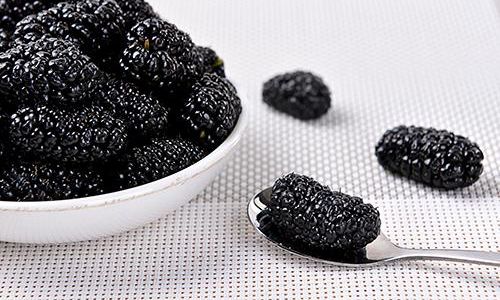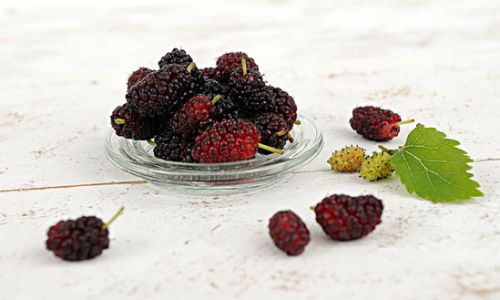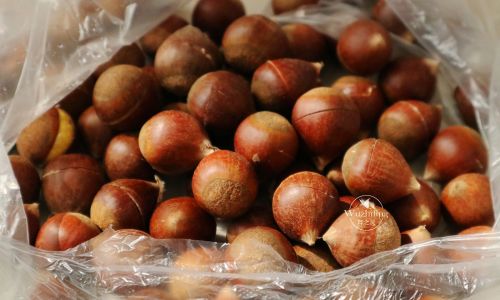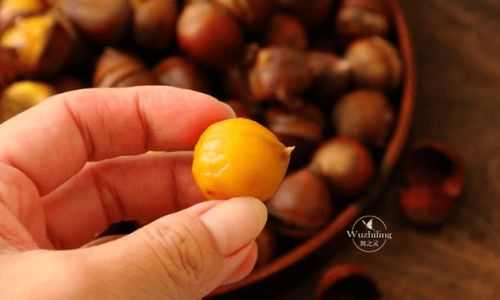Introduction
In the realm of fruits, mulberries (Morus nigra, Morus alba, or Morus rubra) stand out for their unique sweetness, vibrant color, and an array of health benefits. These small, drupe-like fruits are cherished not only for their taste but also for their nutritional profile, which includes antioxidants, vitamins, minerals, and various bioactive compounds. However, like many perishable fruits, mulberries have a relatively short shelf life, especially when left at room temperature. This often prompts the question: Can mulberries be preserved by storing them in the refrigerator? The answer is a resounding yes, with several considerations and techniques to ensure optimal freshness and taste retention.
Understanding Mulberry Storage Needs
Mulberries are highly susceptible to spoilage due to their high moisture content and delicate texture. When exposed to warm temperatures or improper handling, they can quickly become moldy, soft, or develop off-flavors. Therefore, it’s crucial to adopt storage methods that prolong their freshness and maintain their quality. Refrigeration is one such method that can significantly extend the lifespan of mulberries.
The Science Behind Refrigeration

Refrigeration works by lowering the temperature of food items, thereby slowing down the growth of microorganisms that cause spoilage. At colder temperatures, the metabolic rates of bacteria, fungi, and other microorganisms decrease, reducing their ability to multiply and cause decay. Additionally, refrigeration helps to maintain the fruit’s firmness by slowing down the enzymatic processes that lead to softening.
For mulberries, storing them in the refrigerator can extend their shelf life by several days compared to keeping them at room temperature. The ideal refrigerator temperature for mulberries is between 32°F to 40°F (0°C to 4.4°C), which balances the need for slowing microbial growth with the risk of freezing the fruit.
Preparing Mulberries for Refrigeration
Before refrigerating mulberries, there are a few steps you should take to ensure they stay in the best condition possible:
-
Inspection and Sorting: Begin by inspecting each mulberry carefully. Remove any that are moldy, bruised, or overly ripe. Sorting out damaged fruits prevents the spread of spoilage to other healthier berries.
-
Rinsing: Gently rinse the mulberries under cold running water. Avoid soaking them, as this can increase the risk of moisture-related spoilage. Pat them dry using a clean paper towel or soft cloth to remove excess water.
-
Air-Drying: Allow the mulberries to air-dry completely. This can be done by placing them on a single layer on a paper towel-lined plate. Ensuring they are dry before refrigeration helps prevent condensation, which can promote mold growth.
-
Storage Container: Choose an airtight container or a resealable plastic bag for storing the mulberries. If using a plastic bag, consider removing as much air as possible before sealing to create a low-oxygen environment, which further slows down spoilage.
Tips for Optimal Refrigeration
While refrigerating mulberries is straightforward, there are a few additional tips to maximize their freshness and flavor:
-
Single-Layer Storage: If possible, store mulberries in a single layer in your container or bag. This prevents them from being crushed under their own weight, which can lead to softening and bruising.

-
Avoid Ethylene Gas Producers: Ethylene gas is a natural plant hormone that accelerates ripening and spoilage in fruits. Store mulberries away from ethylene-producing fruits like bananas, apples, and avocados to prevent premature ripening and spoilage.
-
Consume Promptly: Even though refrigeration extends the shelf life of mulberries, it’s best to consume them within a few days for optimal taste and texture.
Alternative Preservation Methods
While refrigeration is a convenient and effective method for short-term preservation, there are other techniques suitable for those looking to extend the shelf life of mulberries even further:
-
Freezing: For long-term storage, freezing mulberries is an excellent option. After rinsing and drying, place them in a single layer on a baking sheet and freeze until solid. Transfer the frozen berries to an airtight container or freezer bag. Frozen mulberries can be used in smoothies, baking, or as a frozen treat.
-
Drying: Dried mulberries, also known as mulberry raisins, offer a concentrated source of nutrients and can be stored for months. Use a food dehydrator or oven set to a very low temperature to dry the fruits until they are pliable but not brittle. Store dried mulberries in an airtight container in a cool, dark place.
-
Canning and Jam Making: Mulberries can also be preserved through canning or making jam. These methods involve cooking the fruit with sugar and sometimes pectin to create a preserved product that can be stored at room temperature for several months.
Conclusion
In summary, refrigerating mulberries is indeed an effective way to extend their shelf life and maintain their freshness. By following proper preparation steps, such as sorting, rinsing, drying, and using appropriate storage containers, you can enjoy these delicious fruits for longer periods. While refrigeration is suitable for short-term preservation, other methods like freezing, drying, and canning offer viable options for those looking to store mulberries for extended durations.
Ultimately, the choice of preservation method depends on your personal preferences, the intended use of the mulberries, and the length of time you wish to store them. With the right approach, you can ensure that these nutritious and flavorful fruits remain a delightful part of your diet throughout the year.






0 comments